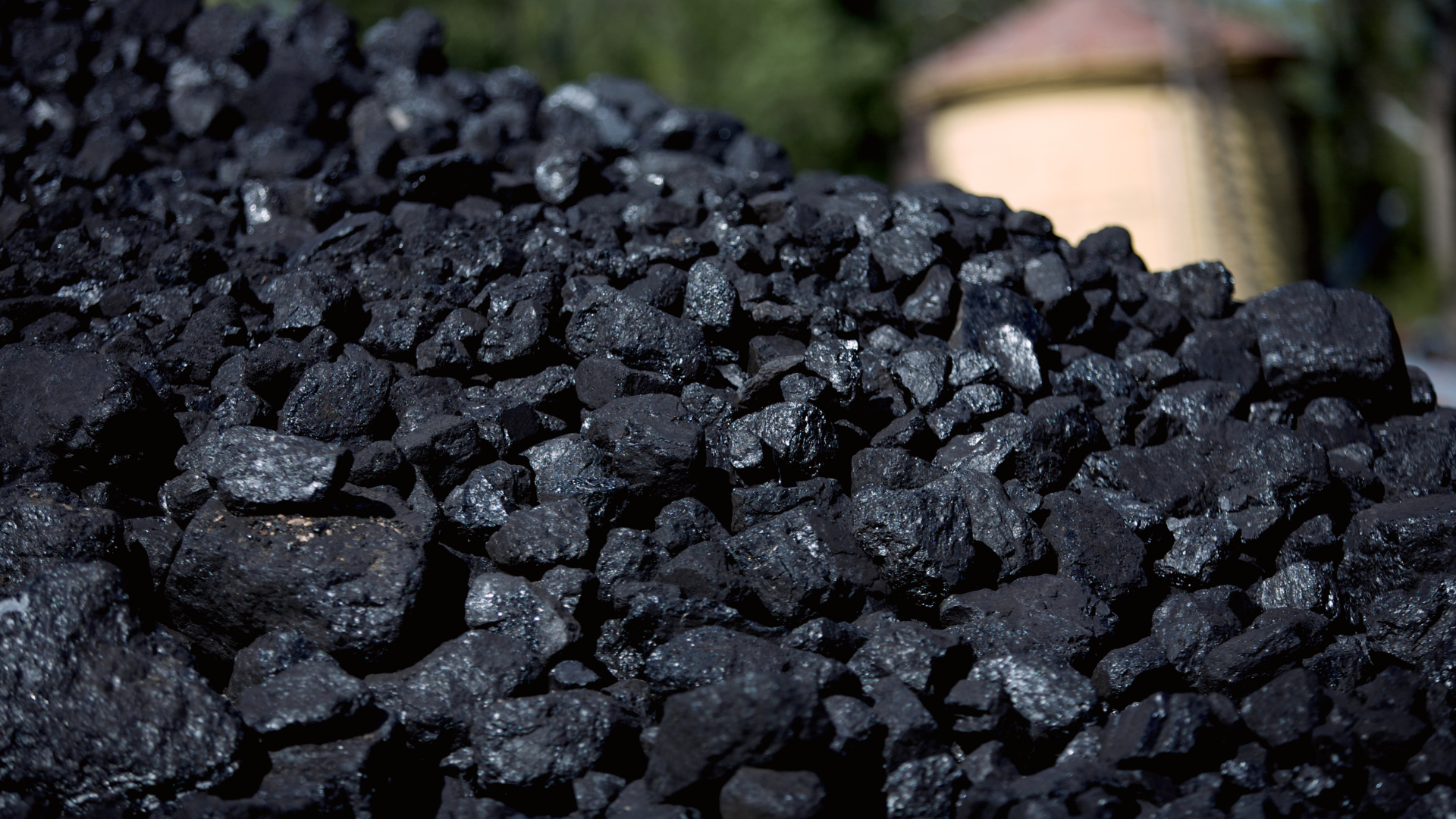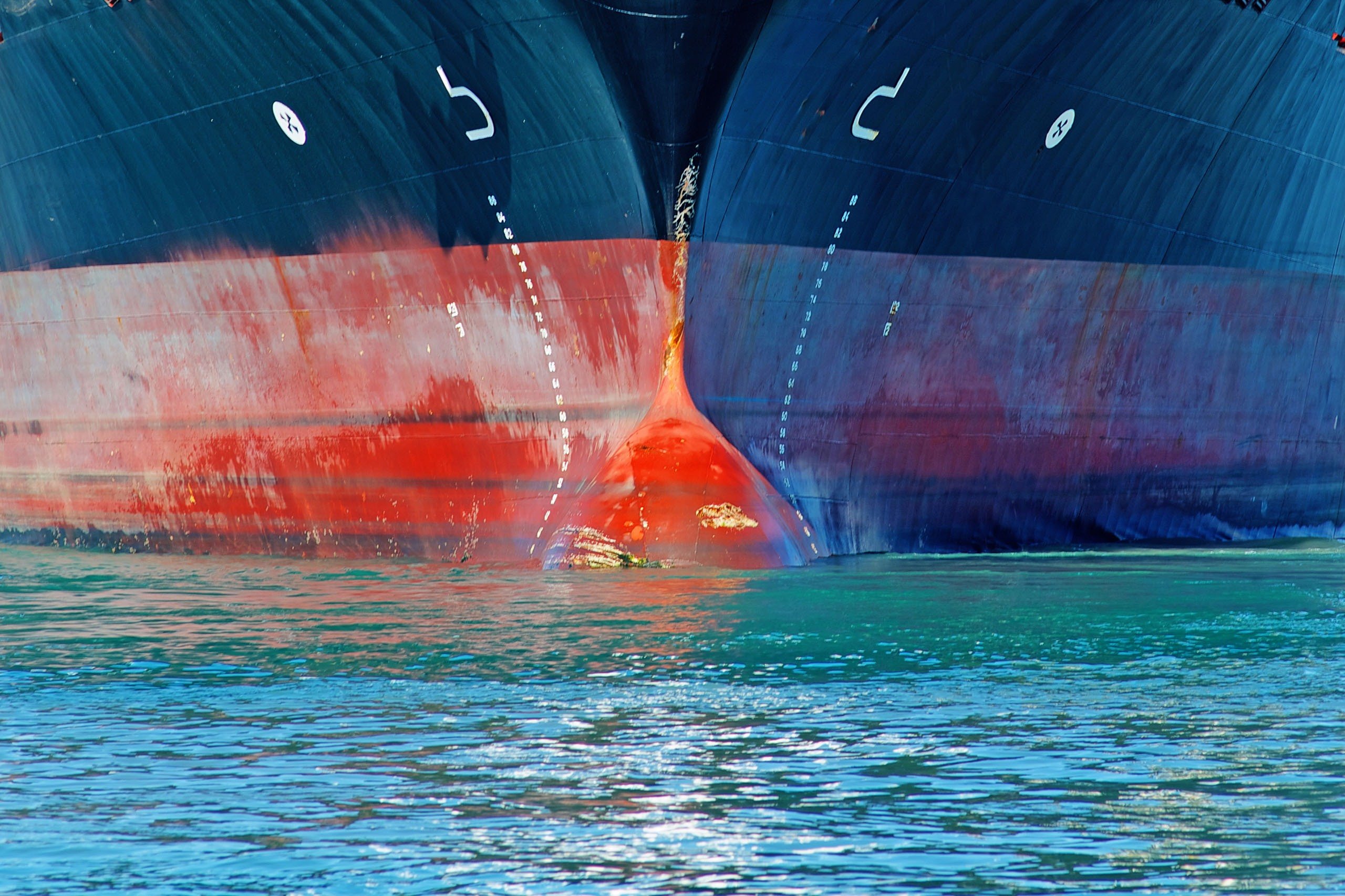In October 2015, the UK Club briefed Members on the function and administration of the China Oil Pollution
Compensation Fund (the "COPC Fund"). Please refer to the China Oil Pollution Compensation Fund article.
This latest briefing serves as an update to that article, providing an overview of two newly published documents in relation to claims against the COPC Fund.
The COPC Fund was established in 2012. It works as a second layer of compensation for ship-source oil pollution damage in circumstances where the claimant cannot obtain sufficient compensation from the shipowner and his insurer upon an effective judicial decision or arbitration award in his favour.
Two claims against the COPC Fund have been approved so far: an ecological park and a marine environmental engineering company have been awarded RMB 24,800 and 574,000 respectively for damage suffered and service provided.
For the purpose of setting up clearer guidelines for submitting claims against the Fund, the Maritime Safety administration of China (the "MSA") issued the COPC Fund Claims Manual (TrialVersion) (the "Claims Manual") on 3 July 2016.This Claims Manual is for guidance only. It does not constitute an interpretation of relevant laws and regulations nor does it provide any legal basis to courts or arbitral institutions trying cases in relation to ship-source oil pollution. Together with the Claims Manual, the MSA also issued the COPC Fund Claims Settlement Guidelines (TrialVersion) (the "Guidelines").These Guidelines are to regulate the claims handling process of the Fund by the Fund's Claims Settlement Centre in Shanghai.
CLAIMS MANUAL
I. Scope of Application
Chapter I of the Claims Manual states that the COPC Fund applies only to claims arising out of accidents occurring after 1 July 2012.This chapter also explains the types of vessels and accidents, and the geographic scope to which the Fund applies. Furthermore, it lays down the requisite conditions for lodging a claim against the Fund.
This part of the Manual reflects the position of the international conventions on oil pollution to which China is a contracting party (e.g., the CLC 1992 and the Bunker Convention), and relevant national laws and regulations.
Vessel
The COPC Fund applies to all types of vessels causing oil pollution including tankers and non-tankers. However, it does not apply to state owned vessels engaged in government non-commercial activities, military vessels, fishing vessels, offshore oil platforms or floating storages. The Claims Manual particularly notes that oil pollution caused by oil substance leaked from fixed or movable objects or land base facilities is not covered by the COPC Fund.
Accident
The COPC Fund applies to oil pollution accidents which are caused or might be caused by a ship's navigational, berthing or other relevant operations (including sea trials). Examples of ship-source oil pollution accidents given in the Claims Manual include cargo oil or fuel oil spilling from vessels due to collision, stranding, sinking or age of the vessel's hull.
Geographic scope
The Claims Manual specifies that the COPC Fund is applicable to ship-source oil pollution accidents occurring in the inland seas, territorial seas, contiguous zones, exclusive economic zones and continental shelves of the People's Republic of China. However, oil pollution accidents in inland rivers of China are outside the scope of the Fund.
Time scope
The Claims Manual points out that only claims arising from ship-source oil pollution accidents occurring after 1 July 2012 can be lodged against the Fund.
Conditions for claim submission
In order to submit a claim against the COPC Fund, one of the following four criteria should be met:
- The claimant has acquired a judicial or arbitral decision which confirms that the oil pollution damage exceeds the limits of liability as provided in Chinese national laws or the Civil Liability Convention 1992;
- The claimant has acquired a judicial or arbitral decision which confirms that the owner and the insurer of the liable ship are exempted from liability according to national laws or the Civil Liability Convention 1992;
- The claimant has acquired a judicial decision (arbitration award is not included in this scenario) which confirms that the owner or insurer of the liable ship is or is regarded as incapable of making the compensation in full; or
- The MSA or other competent authority cannot identify the vessel that caused the oil pollution. In no case should the claimant be compensated by the COPC Fund if it is proved that the oil pollution is caused by wars or hostile acts, or by vessels excluded by the Fund; or the oil pollution damage cannot be proved to have been caused by oils leaked from vessels; or the oil pollution is in part or in
whole caused by the fault of the claiming party.
These exemptions are provided in the Administrative Measures for the Collection and Use of Vessel-caused Oil Pollution Compensation Fund (the "Administration Measures"). Claims covered by the fund Claims covered by the Fund are summarised in the Claims Manual as follows:
- Costs incurred for emergency response action;
- Costs incurred for measures taken to control or clean up the pollution;
- Direct economic losses to fishery, tourism and other relevant industries;
- Costs incurred for measures taken to reinstate the marine ecosystem and natural fishery resources;
- Costs incurred for the work of the Fund’s Administration Committee; and
- Other costs approved by the State Council.
This list also represents the ranking of claims for the purpose of payment from the Fund. Detailed explanations for each of the categories above are provided in the Claims Manual. The limit of the Fund for each accident is RMB 30 million (about USD 4.5 million).
II. Claim Submission Procedure
Chapter II of the Claims Manual explains the basic procedures of submitting claims against the COPC Fund and the requirements for evidential materials. A claimant should submit his claim application to the Fund's Claims Settlement Centre based in Shanghai.
The claimant will need to submit an application form together with designated information sheets for different types of claims. All the forms and sheets are to be found in the Annexes to the Claims Manual. The claimant should also submit an effective judicial or arbitral decision, or proof issued by the MSA or other competent authority to show that he has a legitimate claim against the Fund.
Other evidential materials supporting the claims such as invoices, receipts, pay slips and photos should also be submitted. To ensure a successful claim, the claimant is advised to start collecting and preserving evidential materials from the initial stage of the accident. It is emphasised that the costs and damages claimed should be directly attributed to the accident.
Additionally, the Claims Manual reminds the claimant of the time limit. For claims against the COPC Fund, the Administration Measures provides that claims should be made to the Claims Settlement Centre within three years from the date when the pollution damage occurred, and should in no circumstances exceed six years from the date of the pollution accident. This provision echoes Article 265 of the Chinese Maritime Code. The Claims Manual further clarifies that the running of time will be suspended once the court/tribunal accepts the dispute submission and it resumes as soon as the judgment/award is issued. In other words, the time spent by a court/tribunal on trialing the case will not be included when calculating the time limit. Such a position relieves claimants from anxiety on the time limit as it might take years for the court/tribunal to reach a conclusion.
Once the claim has been lodged against the Fund, a notice of the claim will be published on the COPC Fund's website and by the local media in the place where the accident occurred. The notice will provide a time period during which other victims of the accident are invited to lodge their claims. Where a claim is not lodged within this time period, the order in which it receives consideration may be prejudiced. Within 15 working days after receiving the application, the Claims Settlement Centre will complete the formal examination and decide whether or not the application should be accepted.
Once the application is accepted, the Claims Settlement Centre will start investigating and assessing the claim.
III. Specific Types of Claims
Chapter III to Chapter VI specifically focus on four types of claims that are common in ship-source oil pollution accidents. These include claims for the costs of emergency response and measures taken for controlling and cleaning up the pollution, direct economic loss to fishery and tourism industries, and costs of measures taken for restoring the marine ecosystems and natural fishery resources.
Emergency response
The Claims Manual defines emergency response costs as costs incurred for emergency response action(s), following order(s) of ship-source pollution accident emergency commanding organisation to mitigate or prevent oil pollution damages.
As suggested in the Claims Manual, such costs may include charges for the use of ships, planes and vehicles, use of professional equipment, consumables, waste disposal, labour employment, surveillance and monitoring, protection of wildlife, and logistics.
Measures taken for controlling or cleaning up pollution
Costs in controlling or cleaning up pollution are deemed to be costs incurred by the claimant in taking reasonable steps which are over and above the steps ordered by the ship source oil accident emergency commanding organisation, to prevent, control or eliminate pollution.
Examples of such costs may include costs incurred by an operator of a seaside resort who organises the cleaning of oil pollution on the beach or deploys oil booms to prevent oil pollution from polluting the beach.
Most costs under this category are similar to those under the emergency response category.
Direct economic loss to fishery, tourism and other industries
Direct economic loss to fishery and tourism industries is referred to as a devaluation of properties sustained by claimants engaged in the property industry which is directly attributed to the ship-source oil pollution accident.
The Fund may compensate direct economic loss such as damage to or loss of facilities and equipment for living and production, the reduction of actual value of aquatic products as well as direct economic loss to other affected industries.
Measures taken for restoring marine ecosystem and natural fishery resources
Costs of measures taken for restoring the marine ecosystem and natural fishery resources are referred to as reasonable costs incurred for mature and effective measures that have been imposed by governmental authorities for the purpose of accelerating the reinstatement of the marine ecosystem and fishery resources. Such measures may include stock enhancement, habitat restoration, etc.
Reasonable costs of monitoring, assessing and researching the pollution damage may also be covered by the Fund.
Generally, claimants under this category are the State Oceanic Administrative Department and the Fishery
Administrative Department. Entities or individuals who have implemented restoration measures pursuant to orders from those departments may also claim costs against the fund.
The Claims Manual provides detailed examples of documents/materials that can be submitted in support of the above types of claims.
Claims Settlement Guidelines
The Claims Settlement Guidelines are intended to guide the Claims Settlement Centre of the COPC Fund
in the handling of claims received against the Fund. The Guidelines contain five chapters. Chapter I explains the general rules for claims settlement, setting forth the scope of application of these Guidelines, the principles for claims settlement as well as general procedures of claims settlement.
Chapters II to V contain provisions for specific types of claims, respectively setting forth provisions for claims handling in respect of emergency response costs, costs incurred for controlling or eliminating the pollution, direct economic losses caused to fisheries and tourism sectors as well as costs of measures taken for reinstating the marine ecosystems and natural fishery resources, etc.
Whilst the Guidelines are not claimant focused, it provides valuable information in relation to how the claims will be assessed and investigated. In particular, the Guidelines contain general rules and formulas that are to be followed in calculating various types of costs and expenses.
Conclusion
The Claims Manual is more a practical rather than a formal legal guide. Nevertheless, the Manual re-emphasises those essential principles under the Chinese legal framework for oil pollution compensation. It also clarifies a number of practical issues that could occur during the process of claiming against the COPC Fund. Additionally, the Claims Settlement Guidelines help the claimant to better understand the claim processing procedures.
Members who could potentially be involved in ship-source oil pollution claims in China are, therefore, advised to refer to the Claims Manual and the Claims Settlement Guidelines.
For more details about the COPC Fund, Members are advised to refer to the Fund's website.




